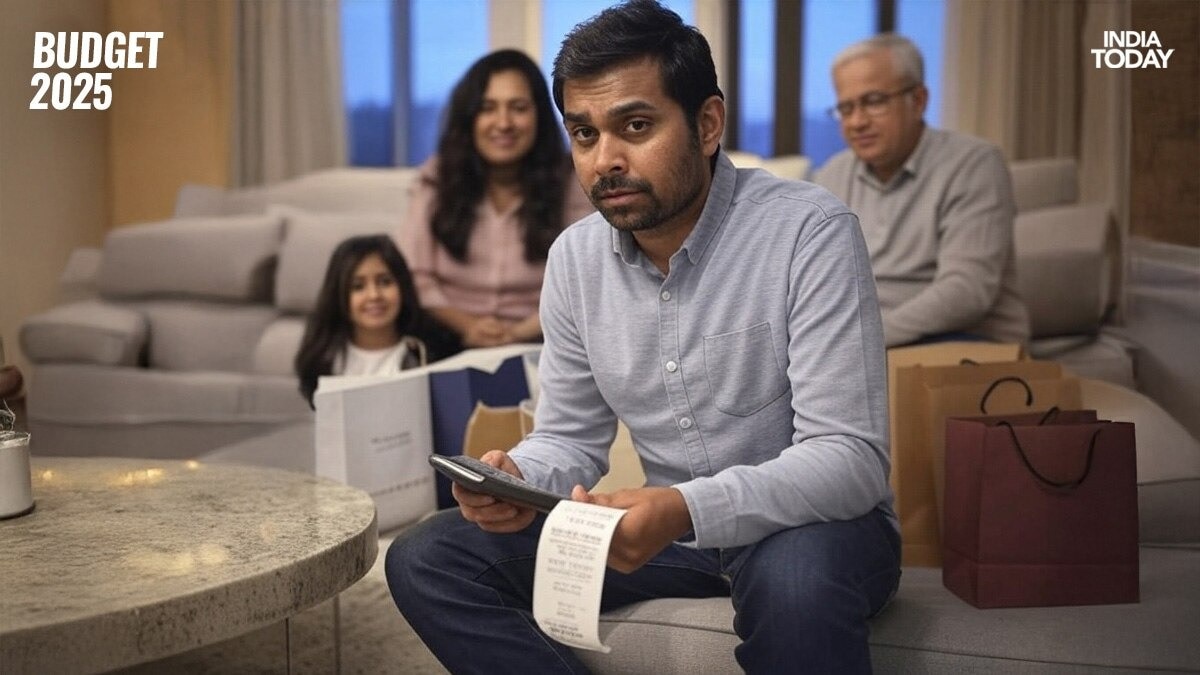As India advances with its simplified income tax structure under the New Tax Regime, concerns are growing over the lack of tax relief for out-of-pocket medical expenses, particularly during life-threatening health emergencies.
A section of taxpayers is now urging the government to allow deductions for medical costs that exceed health insurance coverage, particularly in the case of critical illnesses like cancer or organ failure.
In a post on social platform X, CMA Venkatesh Alla pointed out that under the new income tax regime, individuals earning Rs 30 lakh annually are taxed approximately Rs 5 lakh, with only the standard deduction of Rs 75,000 available under the New Tax Regime. However, in the event of a serious health crisis requiring hospitalisation, the financial picture can drastically change.
Consider this example: a salaried individual or their family member is diagnosed with cancer, and the total cost of treatment touches Rs 25 lakh. Even with a comprehensive health insurance policy covering up to Rs 15 lakh, the patient is still burdened with Rs 10 lakh in out-of-pocket expenses. Under current tax laws, especially the new regime, there is no provision to claim this amount as a deduction, even if it is documented and medically necessary.
“This is deeply unfair,” Alla pointed out. “You’re punishing taxpayers for being unfortunate, not irresponsible. When someone is battling for their life, they shouldn’t also be battling tax laws that don’t recognise the reality of medical inflation.”
Tax experts and individuals alike are calling on the Finance Ministry to consider amending the tax structure to include relief for such cases. One proposed solution involves creating a defined list of critical illnesses and allowing a deduction of up to Rs 10–15 lakh for expenses incurred above insurance limits. Safeguards such as capping the deduction, verifying insurance payouts, and requiring documented medical expenses can be put in place to prevent misuse.
“There won’t be many such cases, but for those affected, this could mean the difference between survival and financial ruin,” Alla added.
The appeal has also been echoed on social media platforms, with users tagging Finance Minister Nirmala Sitharaman and the Ministry of Finance, urging them to review this gap in taxpayer protection.
As the government seeks to enhance healthcare access and streamline personal taxation, incorporating such provisions could offer timely support and reflect a more compassionate approach to economic policy.
What the new tax regime offers (and omits)
The New Tax Regime, introduced with lower tax rates and minimal exemptions, became the default tax structure starting FY 2023–24 after amendments to Section 115BAC in Budget 2023. Budget 2024 further tweaked these rates to simplify compliance for most taxpayers.
Individuals and Hindu Undivided Families (HUFs) who wish to continue with the Old Tax Regime must proactively opt out by filing Form 10-IEA before the due date for income tax returns. If this deadline is missed, the taxpayer is locked into the New Tax Regime for that financial year.
Under the revised New Tax Regime for FY 2024–25 (AY 2025–26), the updated income tax slabs are as follows:
Annual Income Tax Rate
Up to ₹3 lakh NIL
₹3 lakh – ₹7 lakh 5%
₹7 lakh – ₹10 lakh 10%
₹10 lakh – ₹12 lakh 15%
₹12 lakh – ₹15 lakh 20%
Above ₹15 lakh 30%
While the regime offers lower tax rates, it also restricts common deductions—such as those for investments, insurance, rent, and medical expenses—limiting flexibility for many taxpayers.
